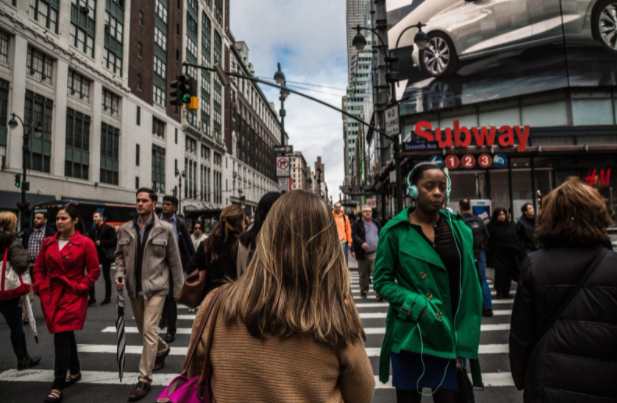The University of Michigan’s Consumer Sentiment Index rose unexpectedly in early December to 70.4. In November, the final reading stood at 67.4 — the lowest recorded since November of 2011. Analysts, after this final November reading, forecasted that consumer sentiment would fall again slightly in December. Instead, the index unexpectedly rose.
Previously, as consumer sentiment fell, analysts were worried that the index would only continue to fall because of the Omicron variant of the coronavirus. The ongoing pandemic — and the reemergence of cases because of new variants — tends to decrease consumer sentiment. Analysts saw this with Delta and expected the same after the news of the Omicron variant broke.
However, the opposite seems to have happened, especially among lower-income households. This could be because of the winter holiday season. More people are willing to spend money or have an optimistic outlook, even though the pandemic is still ongoing and high inflation does remember a worry for many.
New data about the Omicron variant could have actually helped consumer sentiment rise. Recent data about the variant seems to suggest that this variant is more contagious than the others, yet less deadly. Most vaccinated people who get this variant won’t have to go to the hospital or won’t develop very serious illnesses.
Of course, the country is still in the beginning stages of this variant’s infections. If more people become infected with this variant, then consumer sentiment may continue to decline, especially if data changes.
For now, though, it does appear that consumer sentiment is back on track and rising. According to the University of Michigan’s survey, households in the lower one-third of the survey’s income distribution actually increased or improved by about 23.6%. This is the highest increase for this income group since 1980.
Likely, this increase for this group wasn’t necessarily driven by the pandemic, but was probably influenced by the expectation of increased incomes in the near future. Because of the labor shortage that the entire nation is facing, many employers have increased their offered salaries to try to get new workers hired.
Hourly wages and yearly salaries have, as a result, risen at a fast past in the last year as businesses try to convince workers to reenter the workforce, even as the fluid pandemic continues to cause some concerns. While these incentives have worked for some, many people still remain out of the workforce for a variety of reasons, and hiring has only slowly picked up with each passing month.
However, rising income does influence consumer sentiment, so this increase could be directly related to this. Meanwhile, middle-income and higher-income households’ sentiment fell slightly in early December. Therefore, only the increase in the lower-income households helped the consumer sentiment rise as a whole.
As the pandemic continues, it may fluctuate, especially if the Omicron variant continues to infect people in the United States. Therefore, consumer sentiment may continue to fluctuate as the pandemic changes. If wages and incomes also change and continue to increase, then this may directly influence sentiment yet again in the coming months.













